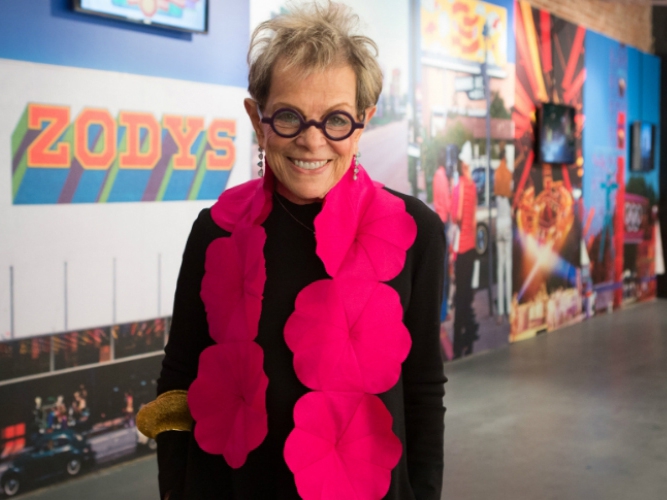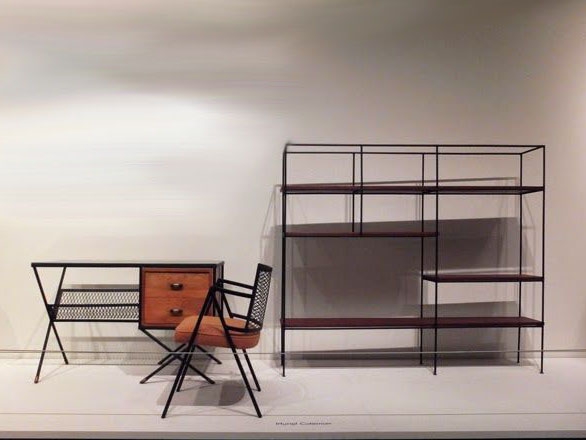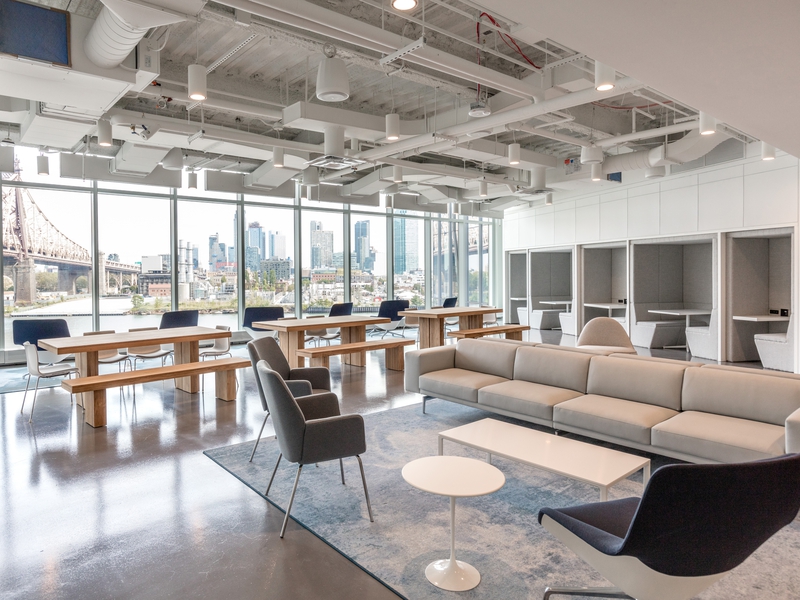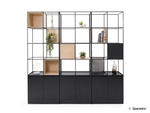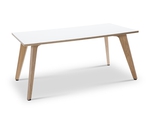7 Sep 2018
Industry Trends
We took a brief look at the California Cool design movement in our recent blog, California: A Never-Ending Pool of Inspiration, and discussed how we’ve been inspired by this movement in so many ways. In this blog, we would like to spread the inspiration further and shine the spotlight on five key designers that we find hugely inspiring…
Californian designers had many things in common: an innovative approach to the way things are made and the materials they are made from; a love of originality; a desire to provide cutting-edge design for everyone, for the many not the few; a fondness for vibrant colours and psychedelic patterns; and a spirit that’s laidback, open-minded and free from constraints. Above all, they made things that were cool, and modern.
California Cool represents a spirit that’s modern, easy-going and highly desirable. It came from a time when the world was a blank canvas and minds were wild and free, and it’s because of this that so many of the designers associated with the movement are still such huge influencers today. Calfornia, as Louise Sandhaus describes in her book “Earthquakes, Mudslides, Fires and Riots: California and Graphic Design, 1936 – 1986”, will always be “a place of boundless reinvention and innovation … a place of great creativity, freedom and social consciousness, where the status quo undergoes constant renovation”.

Deborah Sussman
Graphic and environmental designer Deborah Sussman (1931–2014) is renowned not only for her mastery of colour but also for the way she applied graphics to interiors, exteriors and even whole cities, dressing them up so that they looked quite magical.
After marrying the architect Paul Prejza in 1980, her practice became ‘Sussman/Prejza’, and it was under this name that she completed her masterpiece, the joyful, prismatic visual identity of the 1984 Los Angeles Olympics. In the words of Guardian architecture critic Oliver Wainwright: “saturated with a supercharged rainbow and screaming with psychedelic joy, the 1984 Los Angeles Olympics looked like what might have happened if Willy Wonka had turned his hand to urban design.”
We’re great admirers of her extroverted personality and daring approach to design. Deborah Sussman was a bubbly, colourful character who lived and breathed design. We feel much the same: design is a way of life, and every detail matters, even the ones you might not think of.


Muriel Coleman
In the peaceful years following World War II, American furniture designer Muriel Coleman (1917–2003) took the simple industrial materials available at the time and used them to make a new aesthetic for the modern world. Her major innovation was turning metal rods into sophisticated, minimalist furniture designs that used much less wood than traditional methods; and her masterpieces were the shelving units she made in the early 1950s, using steel rebar for the frames and Californian wood for the thin shelves. The results were nothing less than stunning, and the way that Coleman was able to take these industrial materials and make them into objects of such lightness, with such harmonious forms, has been a huge influence on our own approach.
Her shelving units were architectural features in their own right and not only did they look good, they could also be used as room dividers. As such they were an important influence on our Palisades line of modular shelving and room dividers: especially our Palisades Grid, made from metal and wood, which maintains both the lightness and the minimalism of her aesthetic.

Saul Bass
One of the great American graphic designers of the 20th century, Saul Bass (1920–96) reinvented Hollywood title credits whilst also dreaming up movie posters, album covers and corporate logos for the modern world. His rare talent for combining iconic forms and bold colours in order to convey a powerful message remains an inspiration today.
If there’s one Bass design that’s influenced us more than any other, it’s the record cover he dreamt up for “Frank Sinatra Conducts Tone Poems of Colour” (1956). Bass was first choice to create the visuals for this (rather unusual) concept album of modern compositions inspired by different colours, and he certainly didn’t disappoint. His beautiful arrangement of bars of colours, with its warm, visual harmonies that are evocative of music, took much of its inspiration from the modern abstract art of the 1950s; and we, in turn, have long been inspired by his harmonious, symphonic approach to colour schemes, which, like all of his best work, is so simple that one wonders how nobody else had thought of it before. “Design,” as Saul Bass once said, “is thinking made visual.”


John Van Hamersveld
Graphic designer and artist John Van Hamersveld’s bold, colourful style has also become synonymous with psychedelic rock’n’roll and the Swinging Sixties, and remains highly influential right up to the present day.
One image that sums up the spirit of “California Cool” is the “Endless Summer” poster. It’s a piece that has been massively influential for Spacestor, because of its simplicity and its unforgettable colour scheme. For us, it really expresses Van Hamersveld’s youthful daring and complete freedom in mixing any amount of bright, vivid colour. Of his studies at the time, he remembers, “Modernism was being taught, the contemporary world. The poster engages that modernism in the colour blocks and the geometric shapes, and adding Day-Glo colour made it into pop art.”


Charles & Ray Eames
Husband and wife team Charles and Ray Eames were named “Most Influential Designer of the 20th Century” by the Industrial Designers Society of America in 1985. They made many contributions to the worlds of architecture, exhibition design, filmmaking, toys, sculpture. They transformed our idea of what a designer could be. But above all, they popularised sophisticated modern furniture design, and through their visionary use of new materials such as plywood and plastics they changed the way Americans, and then the world, furnished their homes and workplaces.
Their use of plywood has also been an important influence on our use of the material: particularly in our Palisades Wood and Palisades Grid modular shelving systems, and our highly flexible Bleachers system of reconfigurable seating and storage.
What has influenced us above all – more than their colours, even more than their materials – is Charles and Ray Eames’s design philosophy. “When you set out to do a chair,” they once said, “you’re not setting out to do something that will floor somebody. You just want to do it the way it should be, so that it’s appropriate and reflects the way it’s made.” In other words, a designer’s focus should always be on how a design will work. If that’s taken care of properly, the rest will follow. The secret of the Eames’s great success was that they always focused on the needs of those that would use the objects that they made. And so, whatever we’re doing, we always like to bear in mind their advice: “The role of the designer is that of a very good, thoughtful host anticipating the needs of his guests.”



Share this article










